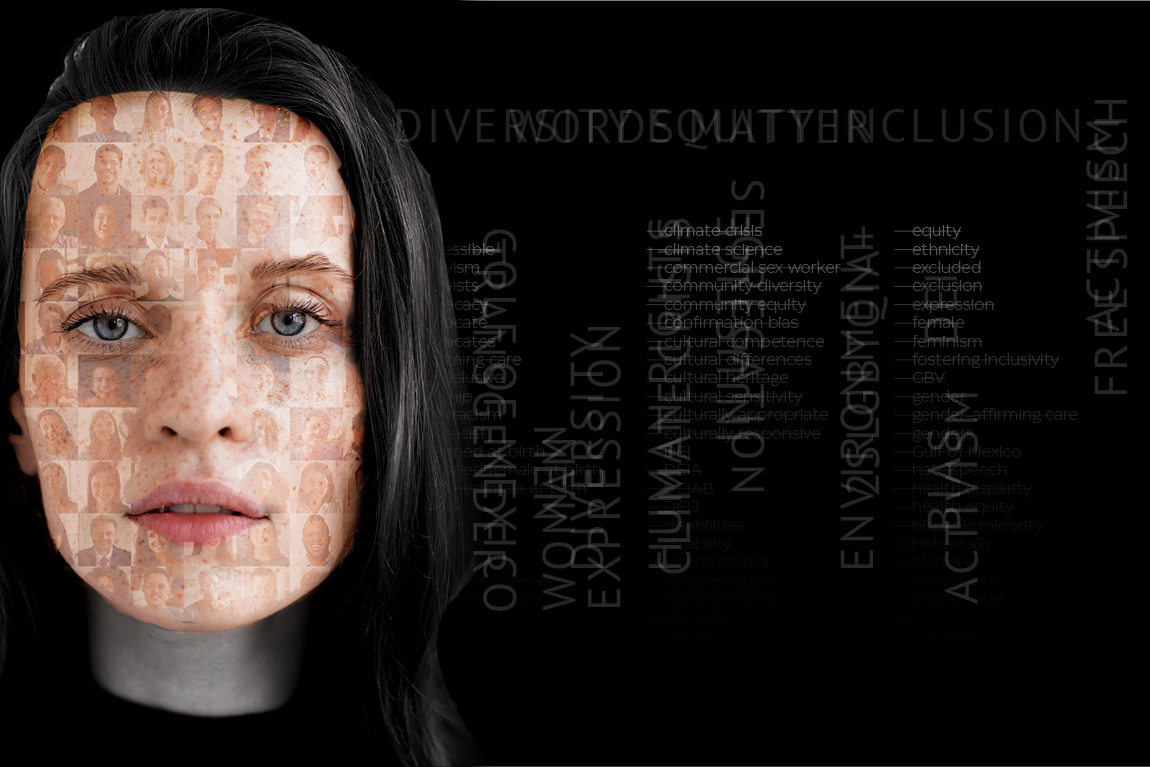Scott Greenstone
The Broadside
New students at Central Oregon Community College this term will find that though their classes may not be online, much of the curriculum is. Online tools are meant to enhance learning for students, but for some online curriculum does the opposite.
With professors turning to programs like Blackboard, TurnItIn, and WebAssign, more classes are requiring at least some computer skills.In most developmental math classes, homework, quizzes and tests have moved online since the introduction of Hawkes Math Instructor in fall 2011.
“The way the software is set up,everyone can work at their own pace,” said Ryan Bevins, a tutor at COCC’s Students Mastering Algebra through Revolutionary Techniques Lab.
Nole Steketee who also works at the SMART lab wishes he had Hawkes for his math classes.
“It’s a combination of having an infinite amount of problems to do and getting instant feedback,” Steketee said.
But not all are happy about the computer component of their classes.
“Ten percent-ish come in and say they can’t stand the computer aspect,” said Jennifer Hutchison, a math instructor and SMART Lab tutor.
Lack of familiarity with computers is a problems faced by students of all ages according to math tutor Maggie Skyler.
“I think it’s not a defined age group. We’ve had 18-year-olds in here saying ‘I hate computers. I’ve never owned one,’” Skyler said.
Online curriculum does have its benefits, according to Professor Elizabeth Coleman, who uses WebAssign, a program that provides online homework and grading. WebAssign is now being used in Calculus and Trigonometry.
“Now that enrollment is so high,” she said, “it allows me to take more students because they can get the feedback they need more immediately,” she said, noting that with pencil and paper, it could be a week or more before students hear back on their results.
“We’re in the third millennium,” Coleman said. “We’re a computer-based society. It’s a way to say ‘Hey, welcome to college.’”
However, student still need to have a choice, according to another COCC math instructor Julie Kenner.
“There are many people for whom Hawkes is not the best fit, “ she said.
Keener points to either technological discomfort or lack of accessibility: some students have kids at home and no home computer.
Sarah Coble, a CIS tutor, teacher’s assistant, and test proctor, sees technological discomfort every day in the lab and classroom.
“A lot of these people coming back to college are taking writing classes and they can’t format a paper,” she said.
Because there is a wide disparity between student’s skill levels, Coble suggests a solution: “A placement test, like writing and math tests, for computers. If our future lies in computers, we need to know where our students are.”
(Contact: [email protected])








Andrew Curtis | Apr 12, 2012 at 7:25 pm
This is a great article. Assessment would be helpful to find skill level. I consider myself tech savvy and get frustrated with tech too.
Andrew Curtis | Apr 12, 2012 at 7:25 pm
This is a great article. Assessment would be helpful to find skill level. I consider myself tech savvy and get frustrated with tech too.